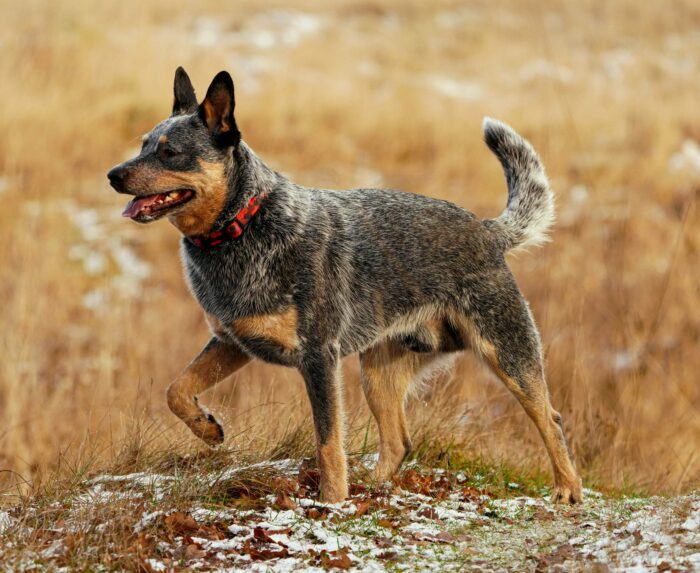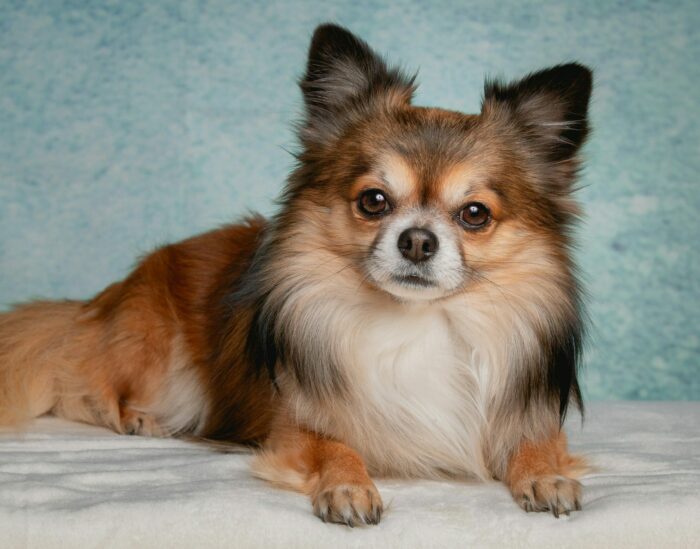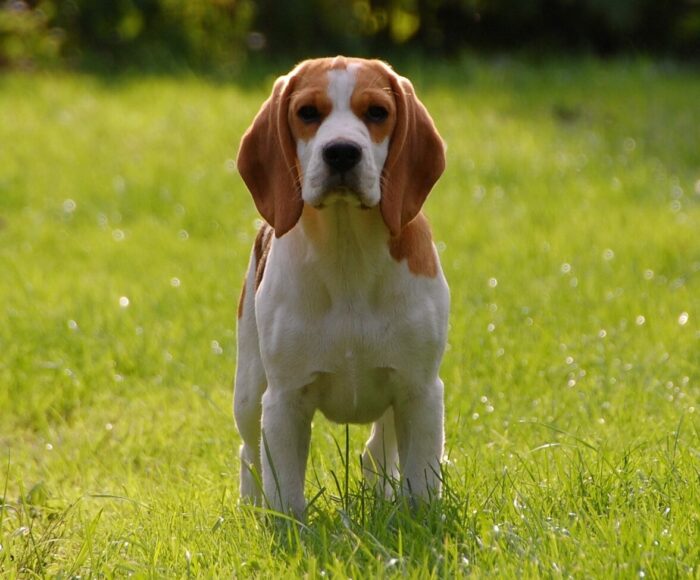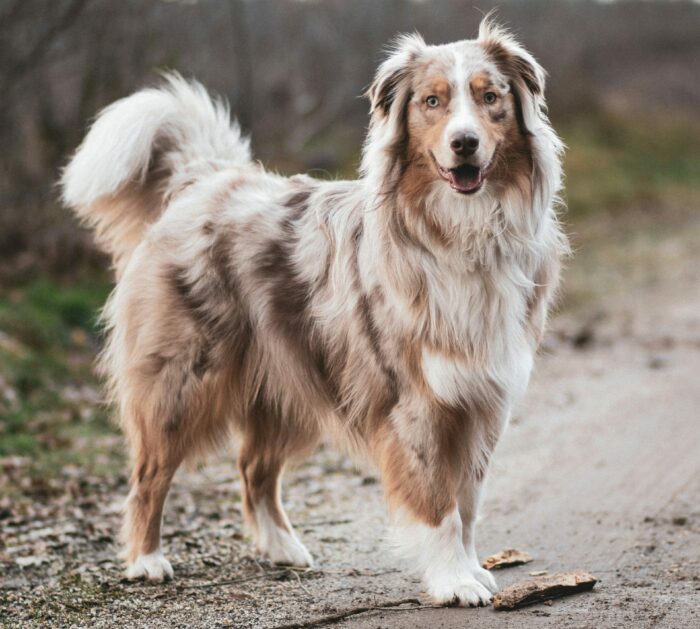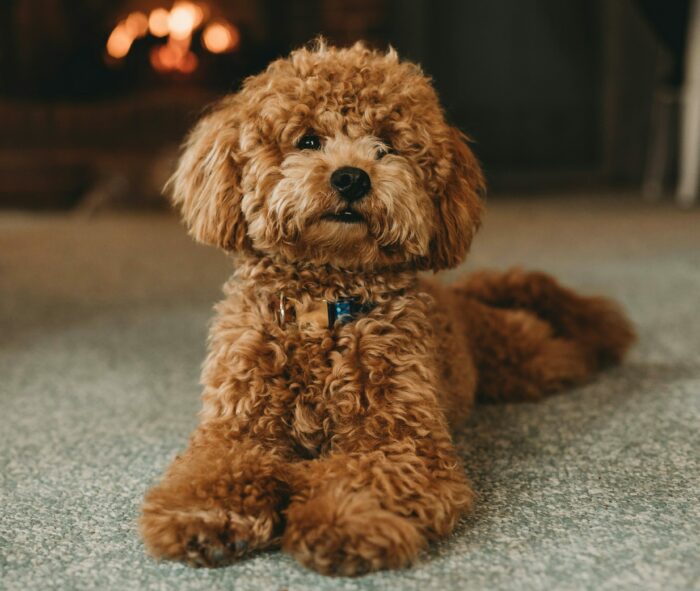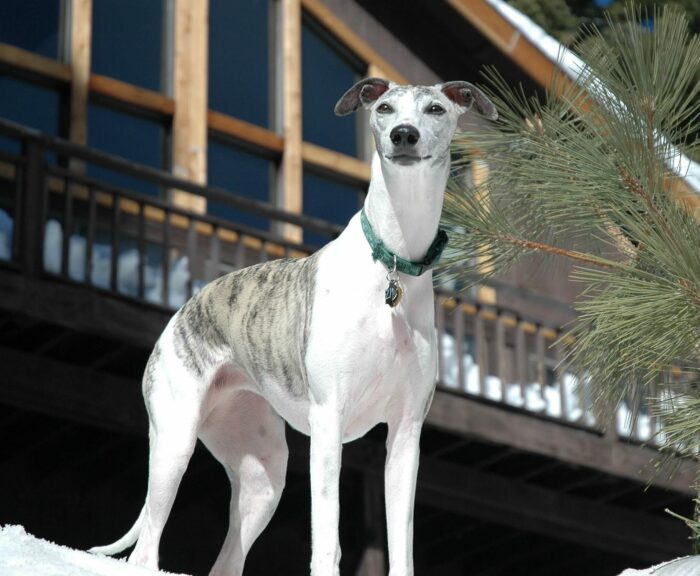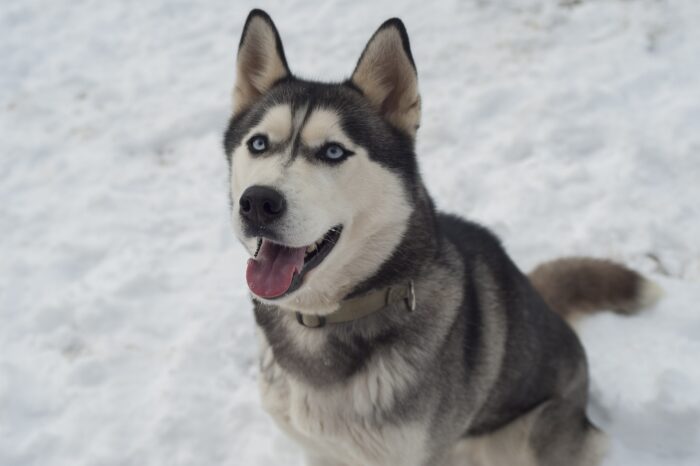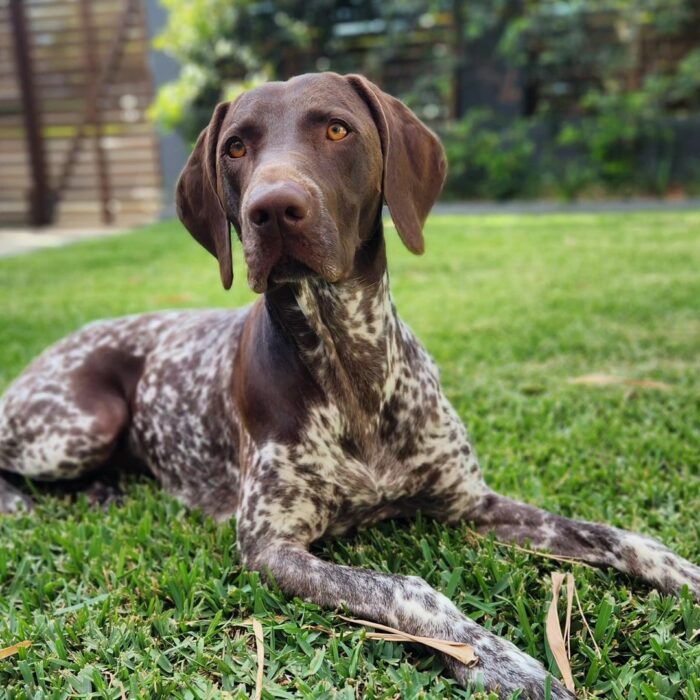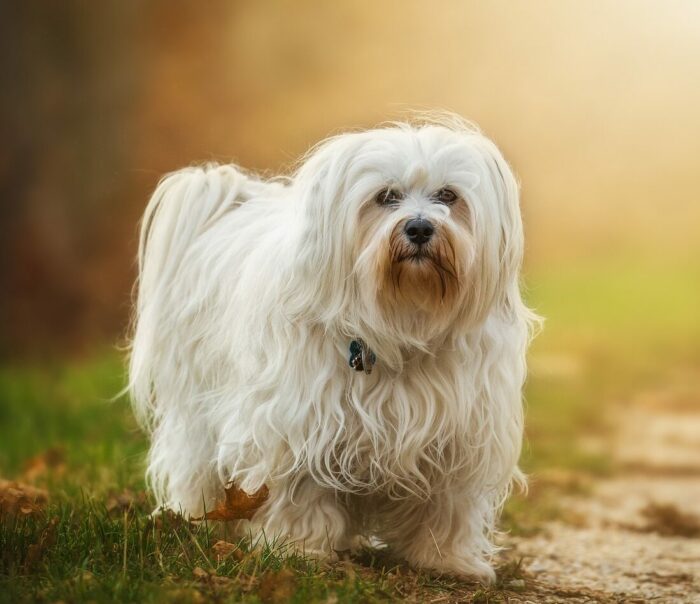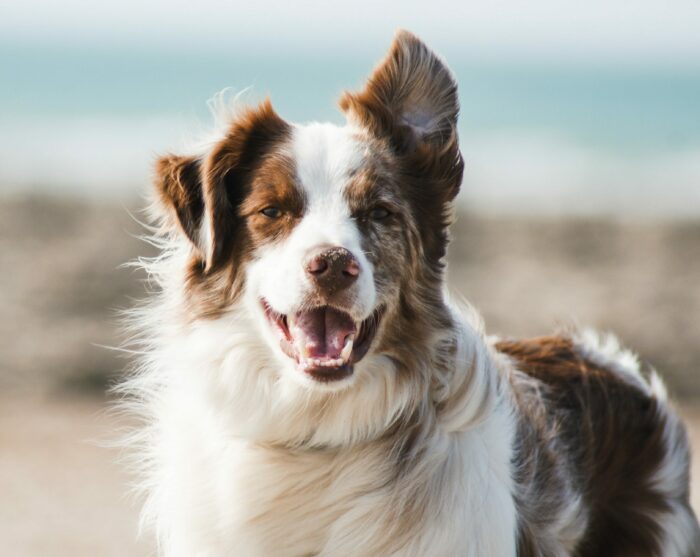Knowing all this, it’s smart to look for dog breeds that usually don’t have many health problems. This can make having a pet more enjoyable. Let’s explore the top 10 healthiest dog breeds. Each one has its own special qualities & usually doesn’t have many health issues. These breeds can bring joy and vitality to your life, with fewer worries about health complications.
How To Choose a Healthy Dog Breed That Fits Your Lifestyle
Choosing the right pup to fit your lifestyle is crucial for both your happiness and the dog’s well-being. Here’s a guide to help you make a good choice:
Assess Compatibility: First, think about your daily life. Are you someone who’s always on the go, or do you prefer relaxing at home? Also, consider where you live. Big dogs might need a house with a yard – but smaller breeds can be happy in an apartment.Trustworthy websitesBooks about specific breedsThrough breed clubsOr by talking to vetsResearch Breed Health: Look into the common health conditions & average lifespan of the breeds you like. You can find this info on:Consider Long-term Commitment and Care: Think about how long the breed typically lives and what kind of healthcare and exercise it will need. Make sure you’re ready for the emotional & financial responsibilities that come with a dog.Training Commitment: Decide if you’re willing and able to train your dog. And this is really important for breeds that need a lot of mental challenges.Vet the Breeder: Ensure the breeder is reputable and ethical. A legitimate breeder will be transparent about the puppy’s health and lineage.Consult a Veterinarian: Once you’ve narrowed down your choices, talk to a vet. They can give you tips on how to keep your dog healthy, including the right diet and preventive care.
Remember, choosing the right dog means thinking about your lifestyle and being prepared for the responsibility. And this way, both you and your dog can be happy and healthy.
10 Best Healthiest and Popular Dog Breeds
Now, let’s explore the top 10 best healthiest dog breeds, each a unique blend of vigor, longevity & minimal health concerns, perfect for a lifelong companion.
1. Australian Cattle Dog
Image credits: Marcin Wojna
Breed Group: HerdingLifespan: 12-16 yearsWeight: 35-50 poundsHeight: Males 18-20 inches, Females 17-19 inchesCoat & Color: Smooth double coat in blue-gray or red
Renowned for its robust health, the Australian Dog stands out as a particularly resilient breed of dog with the least health problems. These smart and hard working dogs were first bred for herding. They love to be active and need lots of exercise. An Australian Cattle Dog named Bluey was the second oldest dog who lived 29 years – which is super long for a dog! These dogs are great for active families because they have so much energy & thrive in an energetic environment. And, while they’re generally healthy, they can sometimes have joint problems because of all their activity. But these issues can often be treated with rest, medicine, or sometimes surgery.
2. Chihuahua
Image credits: Herbert Goetsch
Breed Group: ToyLifespan: 14-16 yearsWeight: Up to 6 poundsHeight: 5-8 inchesCoat & Color: Comes in short or long hair, in many colors like white, black, cream, fawn, and red
Chihuahua is a small but mighty breed that’s known for living a long time. And these spirited dogs, though tiny, possess a larger-than-life personality & intelligence. Even though they’re part of the toy group – they need regular exercise to stay healthy and avoid getting overweight, which is a common issue for them. They’re generally healthy, but owners should be vigilant for age-related issues such as:
Heart problemsPatellar luxation (a knee condition)And eye problems
Chihuahuas, with their different coat types and colors, are well-loved for their ability to adapt & their loving nature, always wanting to be close to their owners.
3. Beagle
Image credits: grz3s
Breed Group: HoundLifespan: 10-15 yearsWeight: Under 20 pounds or 20 to 30 poundsHeight: Up to 13 inches or 13 to 15 inchesCoat & Color: Short, smooth coat in many colors like black, red, white, lemon, blue, tan, and white; tan and white & others
The Beagle, a charming and robust breed, is celebrated for its longevity and minimal health concerns. Famous for their amazing sense of smell and love of exploring – Beagles are perfect for families and fit well in many different kinds of homes. Their carefree and affectionate nature makes them endearing companions. They have strong food motivation, so it’s important to keep an eye on what they eat to stop them from getting overweight. And even though they might get eye and hip issues when they get older, but, with regular exercise & a good diet they can live a healthy life.
4. Australian Shepherd
Image credits: Maud Slaats
Breed Group: HerdingLifespan: 12-15 yearsWeight: 40-65 poundsHeight: 18-23 inchesCoat & Color: Medium-length, double coat in colors like black, red, blue merle, and red merle
Australian Shepherds are known for their intelligence, loyalty, and high energy levels – making them perfect companions for active individuals. These medium-sized dogs really enjoy challenging physical & mental activities, and they’re great at things like herding and complex obedience tasks. Although they might get hip and elbow dysplasia or some eye problems, overall, they’re a healthy breed with a long life expectancy. And their love for being active, like going for hikes or jogs, helps keep them healthy and happy.
5. Poodle
Image credits: Steven Van Elk
Breed Group: Nonsporting (Standard, Miniature) or Toy (Toy)Lifespan: 10-18 yearsWeight: Standard: 40-70 pounds, Miniature: 10-15 pounds, Toy: 4-6 poundsHeight: Standard: Over 15 inches, Miniature: 10-15 inches, Toy: Up to 10 inchesCoat & Color: Dense, curly coat in various colors like white, black, gray, brown, and apricot
Poodles come in three sizes – Standard, Miniature, and Toy. These dogs are smart & athletic and have hypoallergenic coats that are good for people with allergies. Originally, people bred them for hunting. This breed is lively, and loving, and suits both families and individuals. Their coats are curly and dense, and they don’t shed much. And this makes them great for allergy sufferers. Poodles are mostly healthy – but they need regular exercise and mental challenges. And they might get joint and eye problems in their old age. However, these issues are usually treatable with good care.
6. Greyhound
Image credits: Deann DaSilva
Breed Group: HoundLifespan: 10-13 yearsWeight: Males 65 to 70 pounds, Females 60 to 65 poundsHeight: Males 28 to 30 inches, Females 27 to 28 inchesCoat & Color: Short, smooth coat in various colors
The Greyhound, acclaimed for its incredible speed, is a sight hunter that excels in both speed & agility. Known as the fastest dogs – they can run up to 45 mph. And despite being high-energy, they are loving and calm after exercising. Greyhounds are generally healthy but can have issues that are common in big dogs like:
OsteosarcomaCongenital heart diseaseAnd musculoskeletal problems
They also require careful monitoring to prevent bloat and gastric torsion. And regular vet visits are important for their health.
7. Siberian Husky
Image credits: SonjaLindberg
Breed Group: WorkingLifespan: 12-14 yearsWeight: Males 45 to 60 pounds, Females 35 to 50 poundsHeight: Males 21 to 23.5 inches, Females 20 to 22 inchesCoat & Color: Dense double coat in colors like sable and white, gray and white, black and white
The Siberian Husky, a breed renowned for its striking appearance & vibrant energy, is a pinnacle of health and athleticism. They started as sled dogs and needed lots of exercise and mental challenges to thrive. These dogs, often with blue eyes, are mostly healthy. But, they can get juvenile cataracts. Breeders work hard to avoid this problem. Huskies are more than strong – they’re smart, expressive, and have a strong personality. And this makes them great for active and experienced dog owners. Their endurance, combined with a relatively long lifespan & minimal health issues, places them among one of the healthiest dog breeds.
8. German Shorthaired Pointer
Image credits: molly_the.gsp
Breed Group: SportingLifespan: 10-12 yearsWeight: 45-70 poundsHeight: 21-25 inchesCoat & Color: Smooth, short coat in colors like liver, black, white, black roan & liver roan
The German Shorthaired Pointer or GSP is great a hunting dog because of its speed and endurance. This is a dynamic and active breed that needs a lot of exercise and mental work. And they learn quickly and fit well into active families. Generally, they’re healthy but can have issues like:
Hip dysplasiaElbow dysplasiaBloatAnd hypothyroidism.
Their short coat, which minimizes shedding, along with their striking appearance, contributes to their popularity. Taking good care of them – like regular vet visits and staying active, helps prevent health problems. And, this makes the GSP a strong and spirited companion.
9. Havanese
Image credits: buchsammy
Breed Group: ToyLifespan: 14-16 yearsWeight: 7-13 poundsHeight: 8.5-11.5 inchesCoat & Color: Long, silky coat in colors including white and gray
The Havanese, a dog breed native to Cuba’s sole, boasts a lengthy lifespan and a small – yet sociable stature. These dogs are smart, easy to train, and very loving. And, they do well in warm places & can adjust to different settings. They need to play inside when the weather is very bad. Health-wise, they are usually strong. But, they might get issues like progressive retinal atrophy, patellar luxation & hereditary deafness. Regular visits to the vet help keep these problems in check. Their long, silky coats add to their charm, making them delightful companions for those who want a small, long-living & affectionate dog.
10. Border Collie
Image credits: Pauline Loroy
Breed Group: HerdingLifespan: 12-15 yearsWeight: 30-55 poundsHeight: Males 19 to 22 inches, Females 18 to 21 inchesCoat & Color: Rough or smooth coat in colors like black & white, sable, blue merle, & more
The Border Collie, a herding dog by origin, is a powerhouse of energy and intelligence. They are known for their agility and quick thinking. And these dogs are great at activities that need both physical & mental work – like agility competitions. They need a ‘job’ to do, which makes them perfect for active people or families. Generally, Border Collies are strong but can have health issues like hip dysplasia, Collie eye anomaly, deafness, and epilepsy. Ensuring they receive regular exercise and mental stimulation can help mitigate these risks.
Conclusion
In choosing your next canine companion, prioritizing their health is a compassionate and practical step. Remember, choosing a healthy breed can mean fewer trips to the vet and more happy years together. Whether you’re drawn to the energetic Australian Cattle Dog, the intelligent Border Collie, or the affectionate Chihuahuat – each breed carries its unique charm & minimal health concerns. But, it’s important to remember their health also depends on your care and love. And by choosing wisely, you’re not just getting a pet. You’re getting a happy, healthy friend for life. So, think about these healthy dog breeds and choose one that fits well with your way of life and feelings. Anyone can write on Bored Panda. Start writing! Follow Bored Panda on Google News! Follow us on Flipboard.com/@boredpanda!
